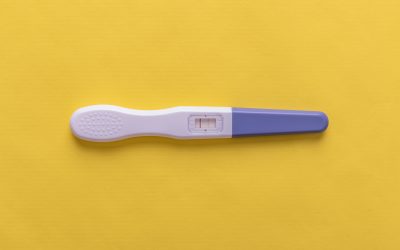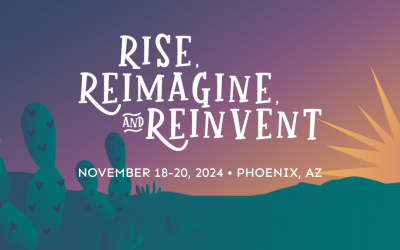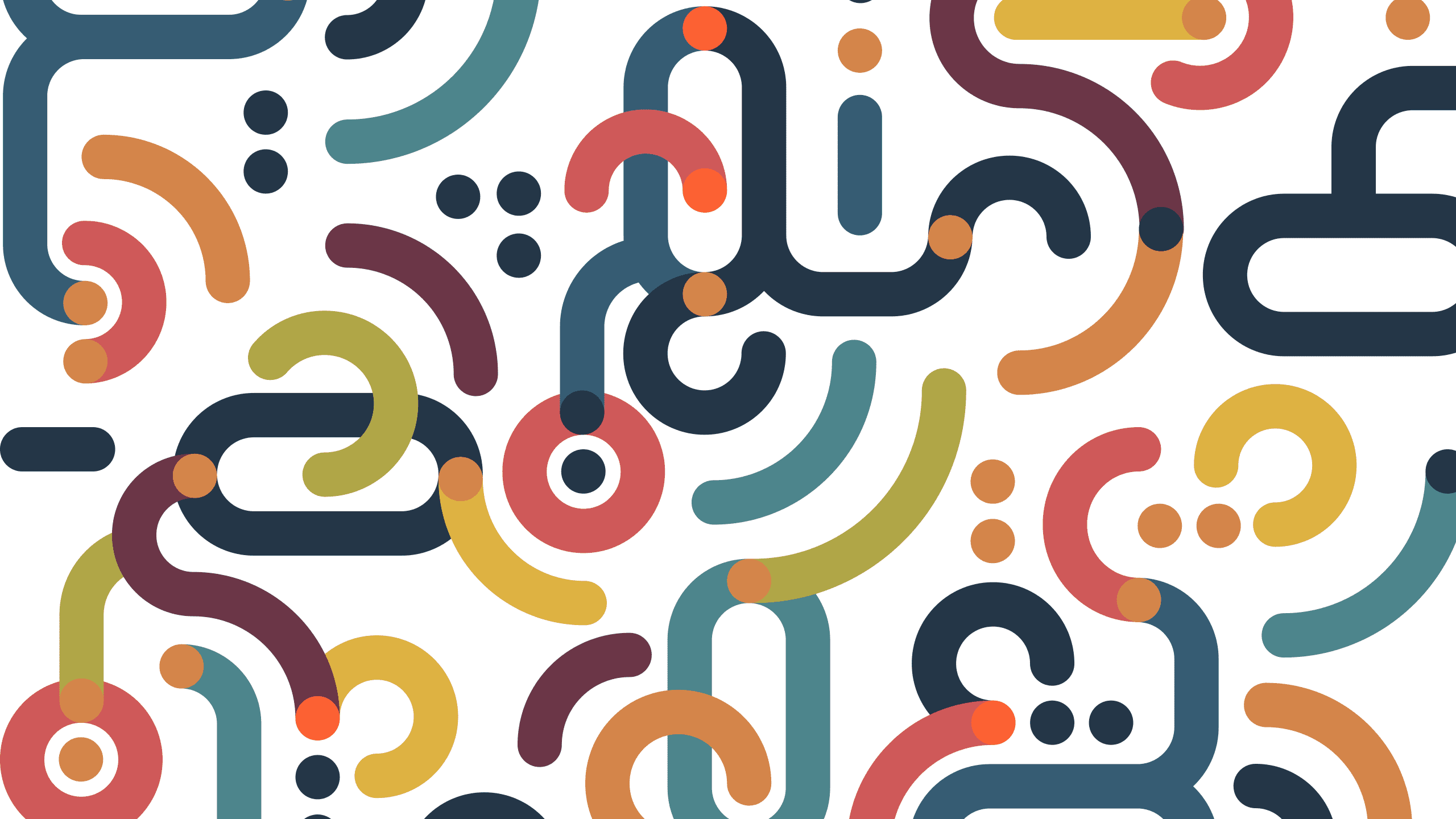
Young parents and their families thrive when they get the supports and services they need…theYoung Parents Logic Model is the step-by-step tool to help you make that happen.

By Gina Desiderio
August 19, 2021
Parents will be the first to tell you how hard it is—and I’m not even talking about in the midst of a global pandemic. All parents, no matter our age, need help and benefit from many different kinds of supports, resources, and education.
It’s also hard to be a teen. Even if it’s been decades since some of us were in the throes of puberty, it’s not hard to remember at least some of the struggles, the learning, the growth we went through, from middle school to high school, and beyond.
Smash those two together, and yes adolescents and young adults who are pregnant and parenting have a broad set of unique needs. But what we also know is that when young people who are pregnant or parenting are supported and empowered with essential services and education, they, and their children, can thrive.
But thinking through all these needs can be overwhelming. It’s a lot. If you’re a professional who provides programs and services for young parents, you know you want to help them…to nurture the positive development of their child… to pursue and achieve their educational goals…to have safe and healthy relationships…to achieve housing and financial stability…to promote physical and mental and sexual and reproductive health and well-being…
This tool is now ready for you to take and make it your own, to support you as you design, implement, improve, and evaluate programs and services for young parents.
Oh, and let’s not forget that we know how important it is to see the big picture—to look at the social determinants of health that contribute to health inequities and disparities.
And. And. And.
We know it’s overwhelming to be a parent, and to be a teen, as well as to be a professional who wants to do their best when working with young parents.
That’s why Healthy Teen Network developed the Young Parents Logic Model. We wrote the original version in 2008, and we just recently finalized the complete update. This tool is now ready for you to take and make it your own, to support you as you design, implement, improve, and evaluate programs and services for young parents.
Why a Logic Model?
Logic models are great because they provide a systematic and concise way of visually presenting the relationships among the resources you have to operate your program, the activities you do, and the changes or results you hope to achieve. A logic model is your planning tool, your road map, and also the story to show how your program works (and deserves to be funded!).
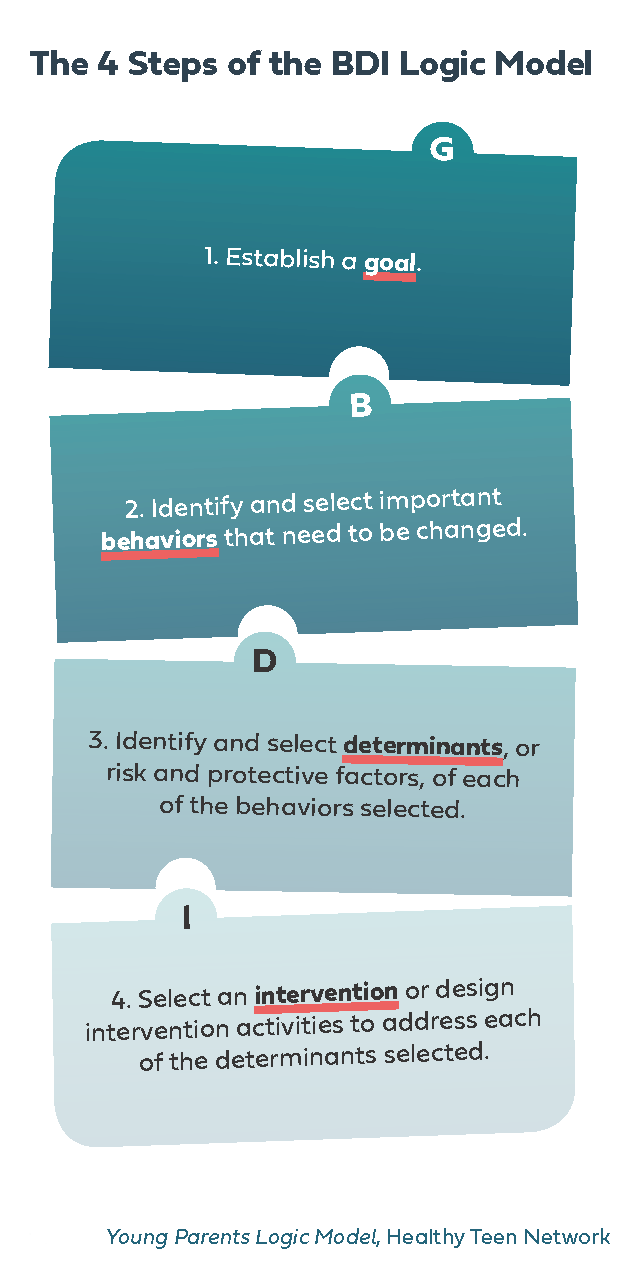
What’s different about this logic model is that it takes one goal of a more typical logic model and it layers the many goals that are most relevant for young parents. You could look at each goal, or segment, of this resource, as a logic model of its own. Our logic model also goes beyond just the individual. While the Young Parents Logic Model presents how to change behaviors, at the individual level of young parents, to achieve goals, this model also considers the range of factors at the societal, community, and relationship levels that can influence individual behaviors.
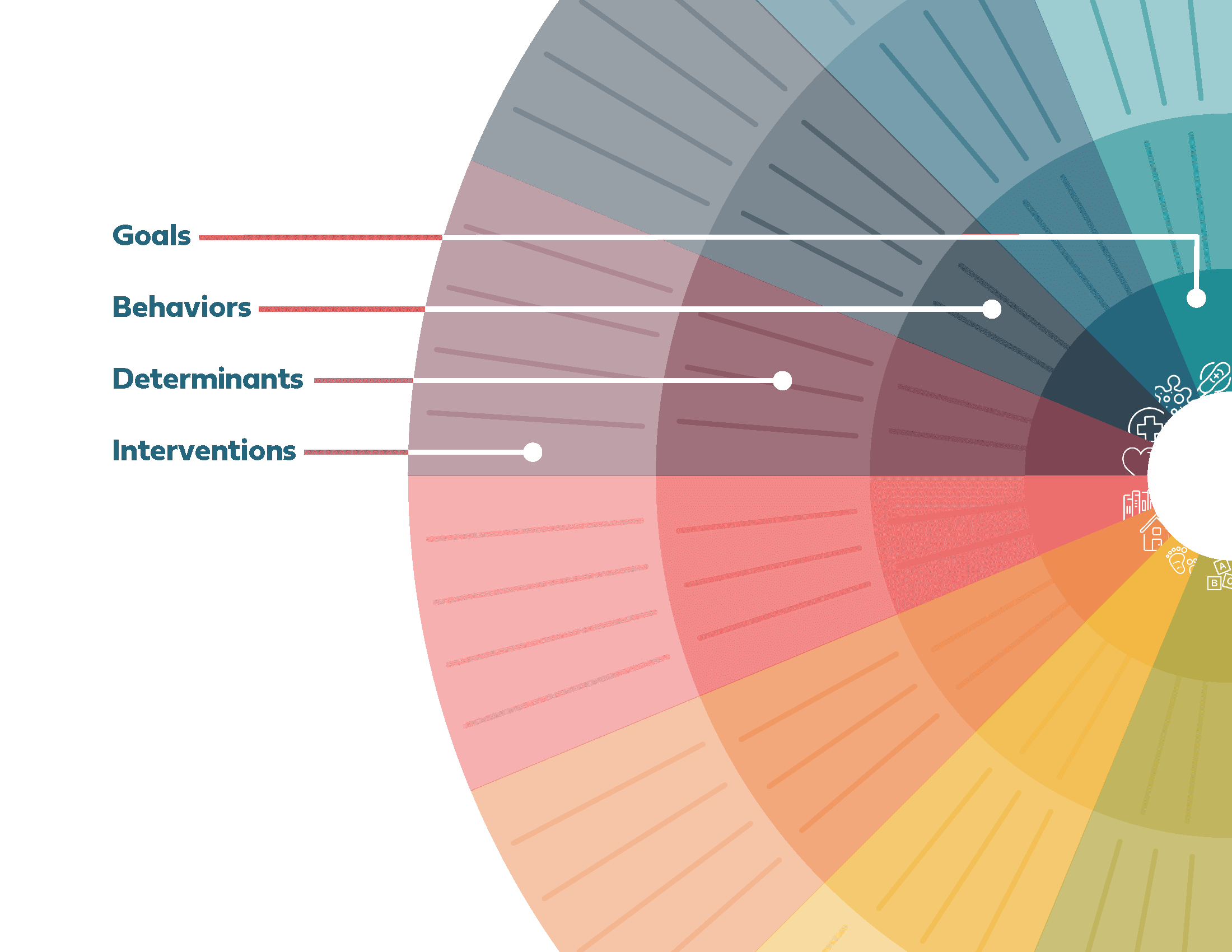
What are the goals for the young parents in the logic model?
The goals in the logic model refer to the broad, long-term, intended outcomes of a program, service, or intervention. A holistic approach to supporting and empowering young families addresses each of the eight goals identified in the Young Parents Logic Model:
1. Increase time gap between pregnancies among young people who are pregnant&or parenting.
2. Reduce the incidence of STIs, HIV, & AIDS among young people who are pregnant &/or parenting
3. Increase physical & mental health & well-being among young people who are pregnant &/or parenting
4. Increase safe & healthy relationships among young people who are pregnant &/or parenting, with their partner(s), family, & peers
5. Increase educational attainment (i.e., high school, post-secondary education, vocational training) among young people who are pregnant &/or parenting
6. Increase housing & financial stability for young people who are pregnant &/or parenting
7. Increase healthy, live births among young people who choose to continue their pregnancies
8. Increase the capacity of young parents to nurture the positive development of their children
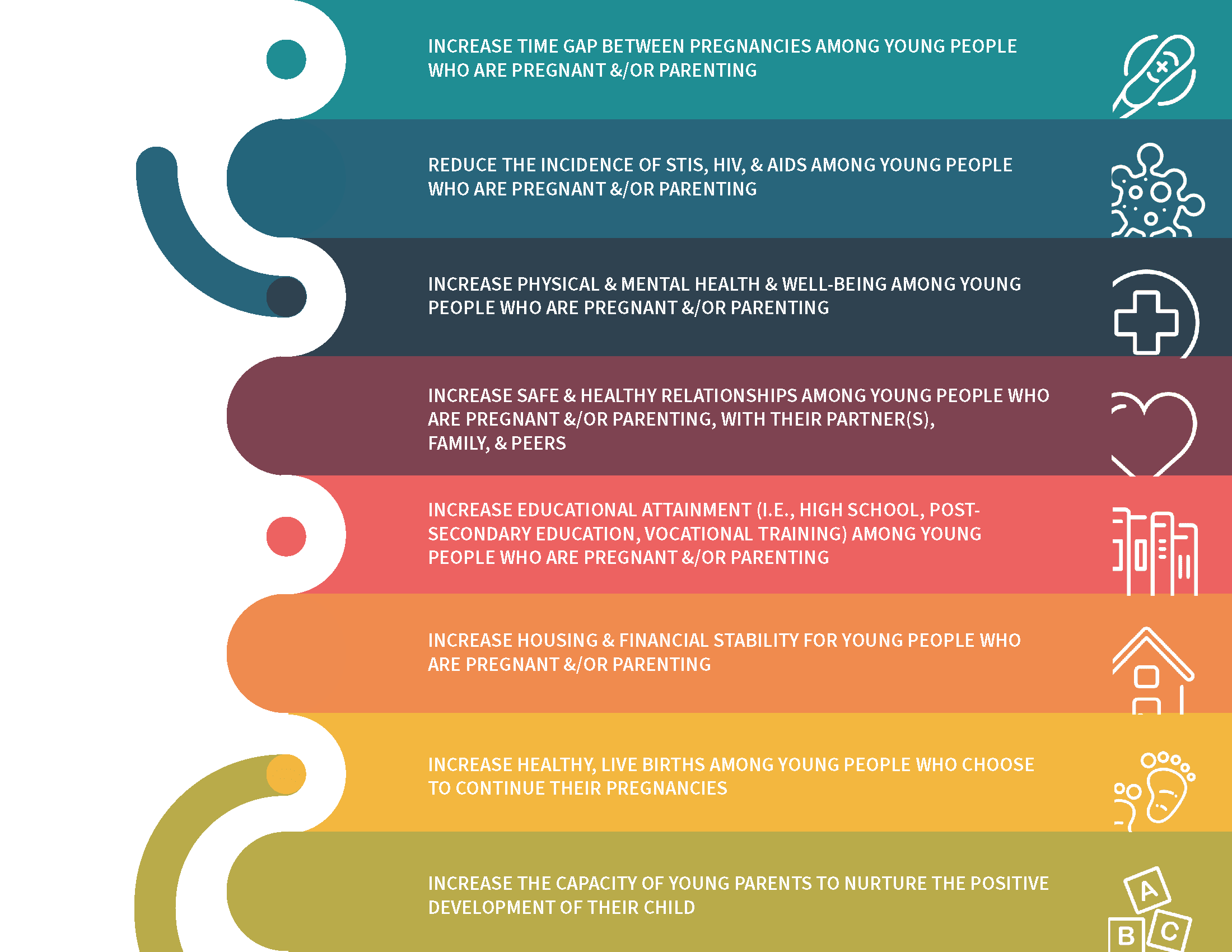
What will I find in the Young Parents Logic Model?
I won’t pretend the Young Parents Logic Model isn’t a very long document—yes, it’s 78 pages. But for good reason (or at least we think so!).The Young Parents Logic Model includes:
- A review of the background (pp. 6-11) for the logic model, our process and what is and isn’t included in the resource;
- Two examples (pp. 12-13) to describe how organizations have used the original version of this logic model to support their work;
- A detailed guide to the logic model (pp. 14-25), breaking it down piece-by-piece, to explain and define what is included in the goals, behaviors, and determinants;
- The logic model itself (pp. 26-43), starting with organized by goal;
- Examples of how each determinant could be expanded with details (pp. 44-53) to be considered from a social-ecological perspective;
- Guidance and templates to make the logic model your own (pp. 54- 59); and
- A glossary of relevant terms and more resources to support your work, along with our references list (pp. 60-78).
How can I make it my own, or adapt the logic model for my use?
When we say we want you to make it your own, we mean it. Beg, borrow, steal from it as you like to create your own logic model. Based on your community, your young people, your organization, your funding, and so on, you’ll focus and select the pieces from the larger tool to use and adapt as appropriate for your own logic model.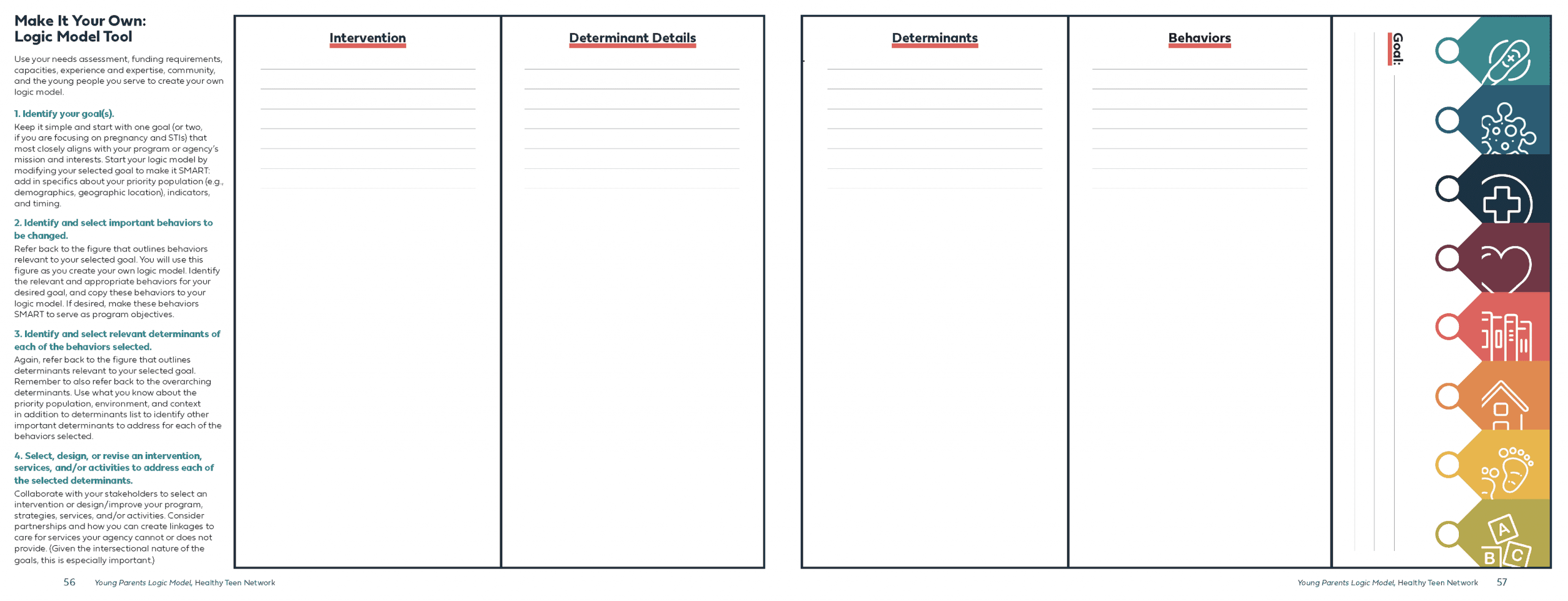
It’s important to note that while we’ve tried to be as comprehensive as possible in presenting the full range of goals relevant for young parents, no one agency could realistically address all the goals, behaviors, and determinants identified in the logic model.
The Young Parents Logic Model is your starting place, and while it’s always important to consider the broader context and interrelated factors that affect your youth, it’s not realistic to think that one organization could do it all. But that’s also where linkages, referrals, and partnerships in a community play an essential role.
And if you want help making the logic model your own, of course, we’re here for you.
Gina Desiderio, MA, is Director of Communications for Healthy Teen Network and oversees all of our communications and dissemination. Working here has only sometimes prepared Gina for spontaneous sex-positive conversations with her two young sons. Read more about Gina.




